

Betsy DeVos, Donald Trump’s pick to run the Department of Education, certainly has an opinion. Despite never having taught in, managed, or attended a public school, DeVos believes that public school children should be in private hands.


In a sign that California is quickly emerging as the nation’s progressive conscience-in-exile, a new Los Angeles education-reform group has launched an ambitious initiative that it claims could close historic student achievement gaps at the Los Angeles Unified School District.
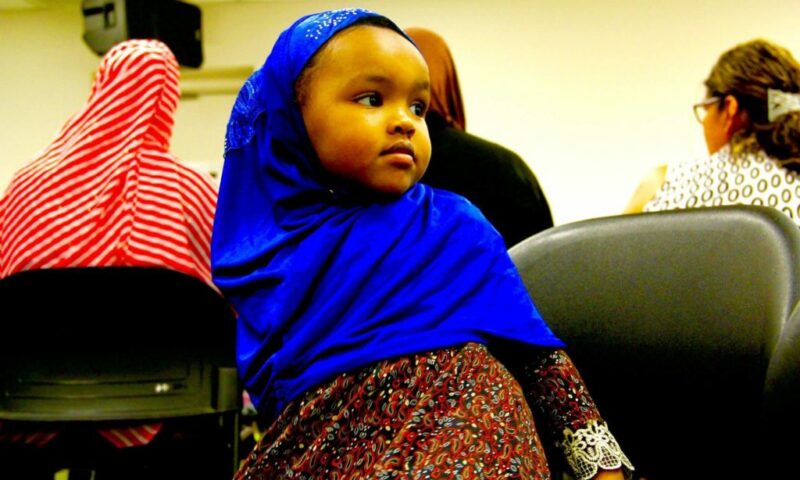

Our concluding roundup of Capital & Main’s best features of 2016 includes profiles of public school teachers who drive for Uber to make ends meet and the story of one Los Angeles charter school that failed after it chose an ex-football player with no educational experience to run it. See stories in Part One and Part Two.
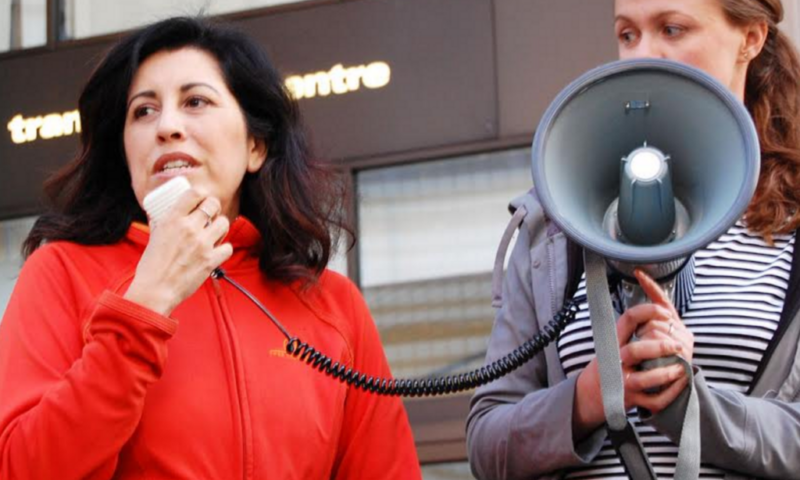
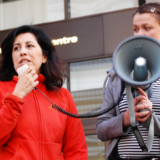
Today we continue our look back at Capital & Main’s best work of 2016. Stories focus on the “shared economy,” the affordable housing crisis, legalized marijuana and charter schools.


In 2014, when teachers at Los Angeles’ Jefferson High School opened their own charter school, the Student Empowerment Academy, they hoped to bring the larger world into their classrooms. They got more than they bargained for. BY ROBIN UREVICH
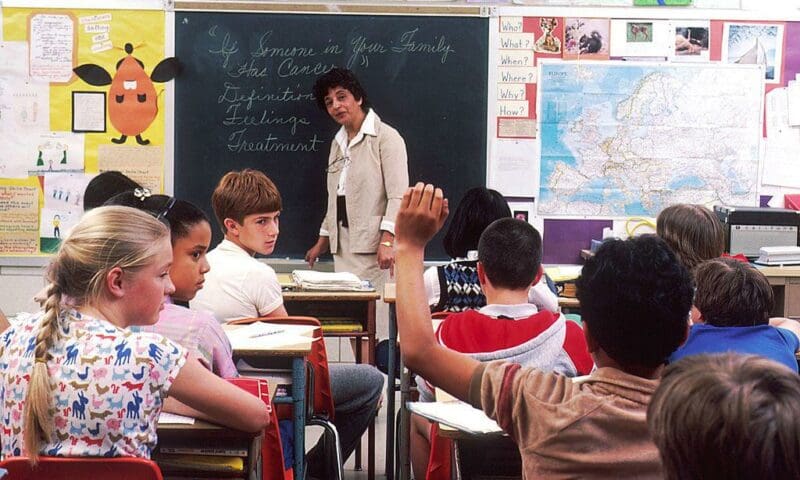

One clear winner to emerge from Tuesday’s statewide election was California education. Proposition 55, the wealth-tax initiative, swept to victory with a 62 percent approval margin. Its passage will extend until 2030 Proposition 30’s emergency stabilization funding passed by voters in 2012.
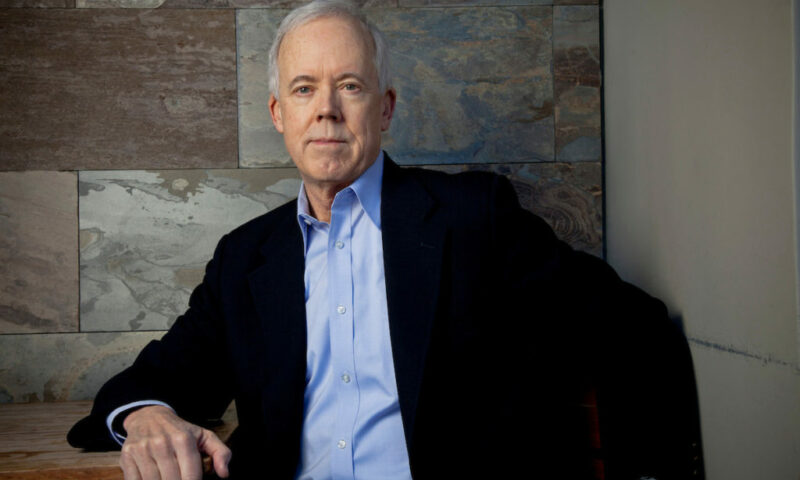

For two decades businessman Bill Bloomfield has poured millions of dollars into political campaigns, and supported George W. Bush, Rudy Giuliani and John McCain. He has also used his personal wealth to back former California Governor Arnold Schwarzenegger and the gubernatorial effort of GOP candidate Meg Whitman.
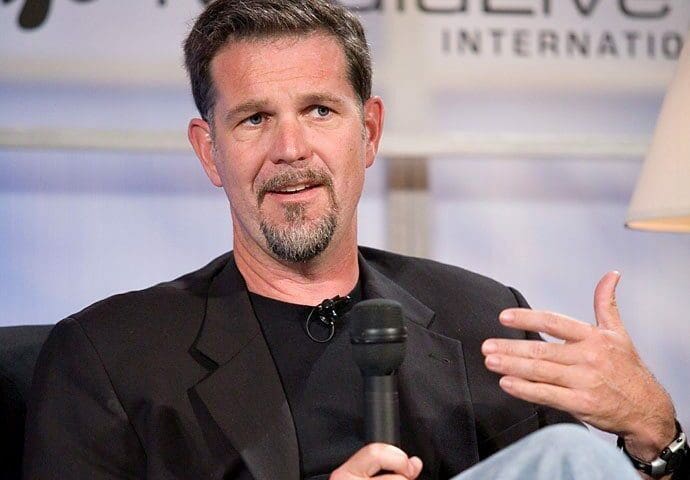

Joel Warner reports on the Netflix CEO’s attempts to disrupt public education.
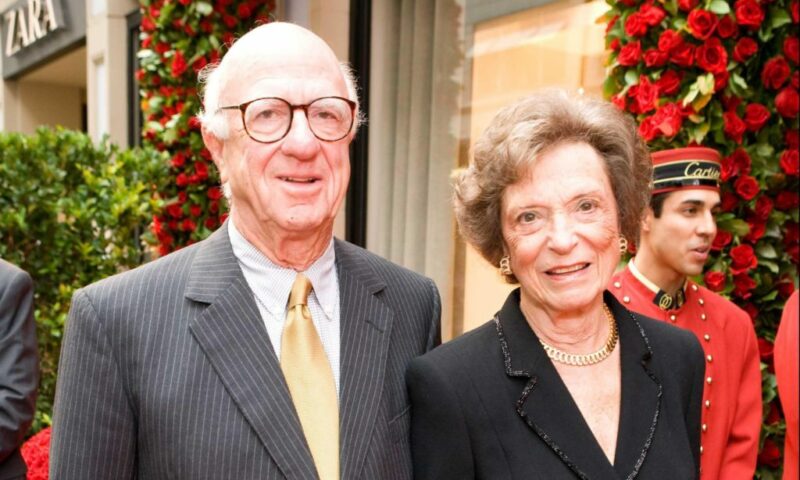

Born Doris Feigenbaum in 1931 in New York, Fisher and her husband struck modern-day gold in San Francisco when they founded the first Gap store there in 1969. By all indications, Doris and her husband, who passed away in 2009, worked hand in hand building the brand — which, like many global retailers, has also faced intense scrutiny for its labor practices.
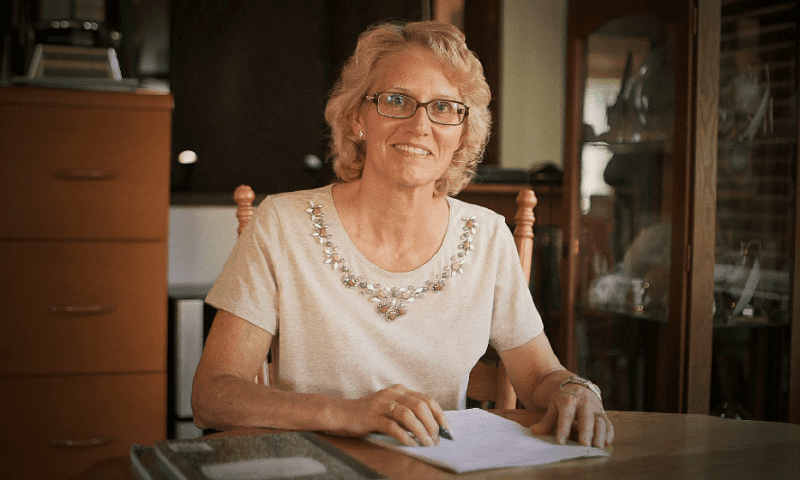

In the spring of 2008, Underwood was an eager and popular young assistant band director at a high school in Moreno Valley, a suburban enclave in Riverside County, but the first clouds of what would soon be called the Great Recession were gathering in New York — and were clearly visible to Underwood.
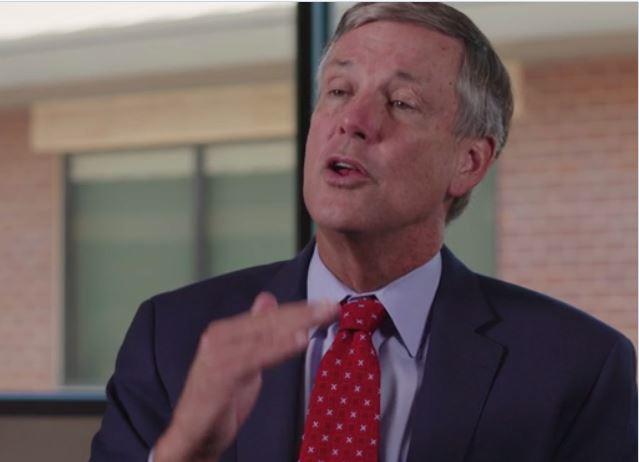

Four years ago California voters overwhelmingly passed Proposition 30 and rescued public schools and community colleges from the Great Recession’s economic free-fall. But the measure is scheduled to expire at the end of 2018, which could again place the state’s still-wobbly public schools on the edge of a fiscal precipice.


This new series examines how a ballot measure rebuilt the state’s public education system — and what’s at stake in November.


Co-published by TIME
Mynor Rodriguez, a 39-year-old father of four who lives on the northwest side of Chicago, was working as a high school-educated graphic designer when he first saw an ad for a for-profit college run by ITT Educational Services. He was “enticed” to enroll, he says, when he visited a nearby suburban campus, whose admissions staff told him that they’d help him find a job right away upon graduation.


Aimee Roylance was thrilled when her son was accepted into Livermore Valley Charter School in 2010. “The experience overall was very positive,” she says. But she didn’t know what was going on behind the scenes.
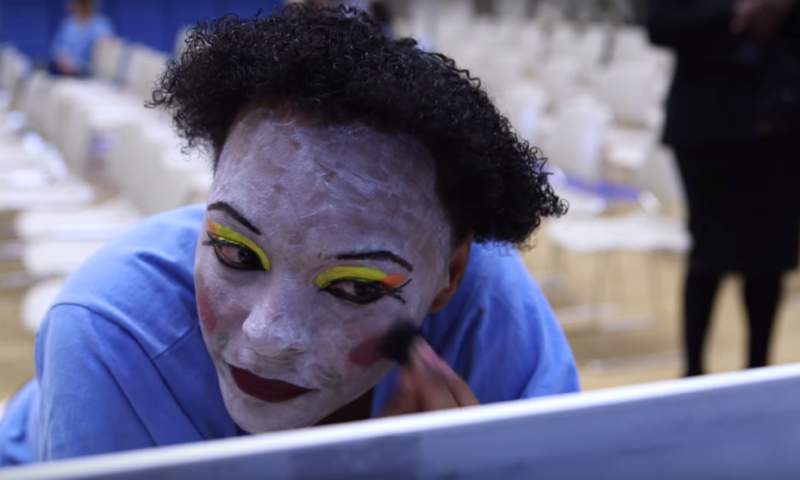

Vivian Rothstein reports on a theater program for California inmates.


Co-published by The Nation
Alissa Quart reports on teachers who drive for Uber.


Lovell Estell III: Will a major university be without childcare services?
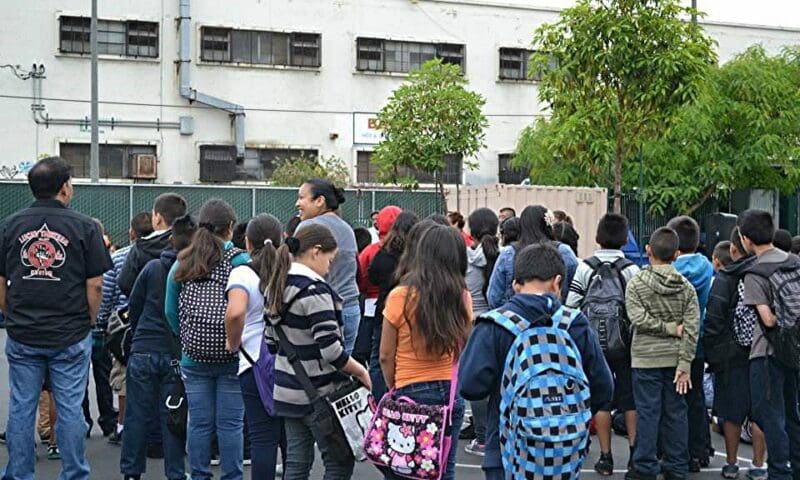

When the Olympics ended so did a multimillion-dollar assault on democracy. From the start of the games in Rio to the closing ceremony, television viewers in Massachusetts had been bombarded with a $2.3 million ad campaign funded by Wall Street.


On Monday a divided California Supreme Court declined, without comment, to hear an appeal of a lower court’s decision in a case that had stoked a fierce national debate over public education.


Residents of Montclair, New Jersey are growing concerned about the impact a proposed charter school would have on the town’s public school district.